Stewart Hillhouse
More posts from Stewart Hillhouse
Around 15% of website traffic comes through paid search ads. But to turn passive searchers into active shoppers, your ads should answer their question and entice them to click.
We’ve tested thousands of paid search ads at Demand Curve and through our agency Bell Curve. This post breaks down 14 questions your paid search ads should answer to ensure you’re only paying for the highest-intent shoppers.
Question 1: “What’s in it for me?”
An important distinction between paid search and organic search is that paid ads are an interruption. Users of search engines are simply looking for an answer to their question. The people who see your ads don’t owe you anything. Just because you’re paying to have your ad show up first doesn’t mean they’re going to pay attention to it.
To generate genuine interest in your paid ads, reframe your offer as a favor.
You can do this in two ways:
- Describe the features of your product as the solution to your customers’ problem.
- Emphasize the outcome your customer seeks.
For example, reframing free delivery as an extra convenience makes the offer that much more attractive.
Use ad extensions by listing additional benefits in the description of the page. For example, including “customized plans” in the pricing extension page signals to your customer that they’ll have control over the cost. This will help to attract the curiosity of even the most cost-conscious buyers.

Question 2: “Why should I buy now?”
Approximately 80% of e-commerce shopping carts are abandoned, mostly because shoppers don’t feel any urgency to complete the transaction. Online shoppers aren’t in any rush, as the internet is open 24/7 and inventory feels unlimited.
To answer the question, “Why should I buy now?”, you’re going to have to create an incentive to get them to take action now.
To do that, create time-sensitive offers to manufacture urgency. Urgent ads get more clicks. Creating limited stock of a certain product or seasonal offers are a legitimate way to increase the urgency of buying now without overcomplicating your inventory.
You can also test different offers in your paid ad campaigns to see which performs better. Reuse that campaign with relevant offers and ongoing seasonal offerings.

Question 3: “How does this fix my problem?”
Search engine advertising requires a certain amount of testing to ensure that the keywords you’re paying for align with the intention of the query. Not everyone who uses search engines knows exactly what they’re looking for.
Use ad copy that bridges the gap between their problem and your solution. The easiest way to create that curiosity bridge is by asking a question. Open your ad with a question, and follow it up with the end state that your customers desire. This will help to position your product as the obvious solution to your customers’ problem.
Ask questions that are extensions of the exact search queries that your target audience is asking. To find these queries, look in your ad account under “keyword planner.” Use the tool to explore which queries are related to your website or your existing saved audiences.

Question 4: “What will others think?”
Going shopping in real life is a social activity. Shoppers will peer into the carts of others, compare their tastes and ask those with them for input. During the evaluating phase, shoppers will look for signals that their behavior is “normal.”
Conversely, online shopping is typically a solo experience, and your ads therefore have to substitute the feedback that shoppers expect.
To do that, use reviews and ratings to signal acceptable behavior. Leveraging social proof from real shoppers pulls double duty: It will make your company stand out as trustworthy and will signal that others have taken that route before.
You could also integrate a rating system on your online store and ask for reviews post-purchase. Search engines will crawl certain review sites and show your seller rating as an ad extension.

Question 5: “Am I getting a good deal?”
Most people who are going to see your paid search ad may have never heard of your business. This puts you at a slight disadvantage and requires you to establish rapport as quickly as possible.
One of the fastest ways to build rapport is through exchanging favors that benefit both sides (known as reciprocity). Giving your prospective customers something for free is a quick way to establish rapport. Offering free trials or free shipping are easy ways to establish reciprocity without adjusting your business model too much. As a bonus, the word “free” also attracts the eyes.
Making your pricing transparent and having a forgiving cancellation policy will also make new customers more willing to agree to buy from you.

Question 6: “What’s the price?”
Only a portion of users use search engines to make a purchase. The vast majority are simply there to collect information. To get the attention of those who ARE interested in making a purchase, announce your price upfront. This will attract high-intent buyers instead of shoppers who just want to browse.
Include your best price right in the ad extension of your paid search ad. If possible, offer a sale price and include the original price so buyers can see they’re getting a deal.
You can also create an ad campaign that specifically targets keywords that signal high buying intent, such as “Buy,” “Deal,” “Best” or “Sale.”
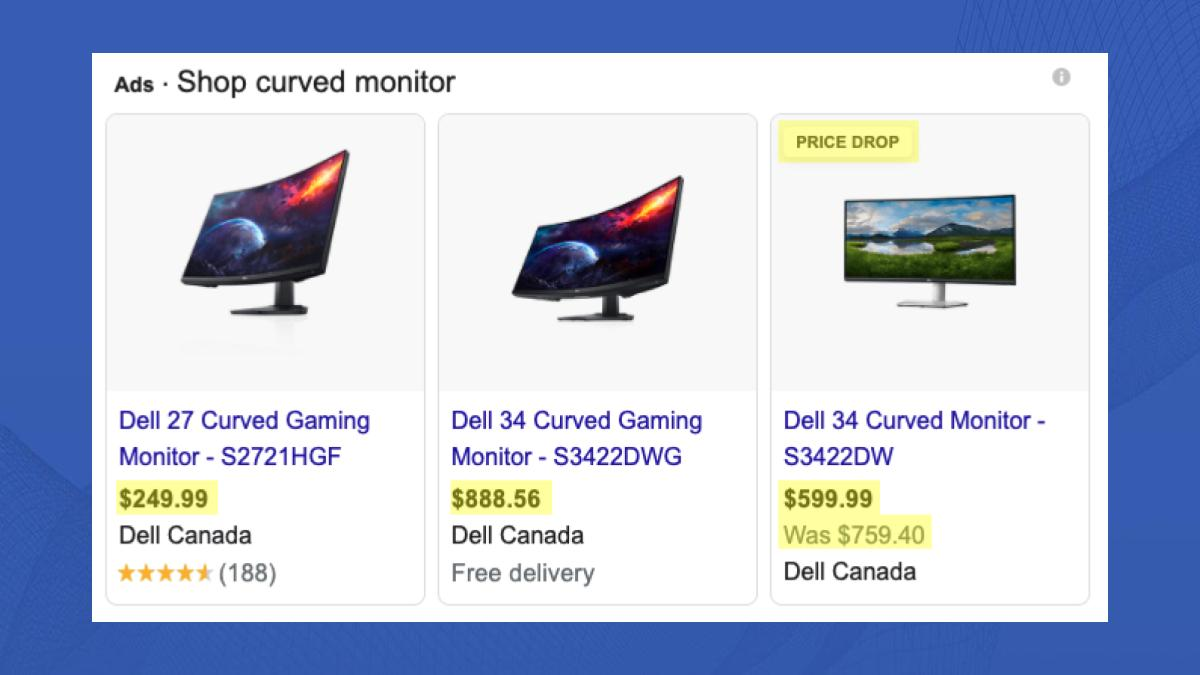
Question 7: “Is this what I’m looking for?”
Paid search ads interrupt users by putting your ad ahead of the organic search results. This is why it’s extremely important to create ads that are highly relevant to the keywords you’re betting on. If your target audience sees that your ad isn’t relevant to their search query, they’ll ignore it.
You should use specific and relevant keywords in your ad copy. As a rule of thumb, the more words in your target keyword, the higher the relevancy to your audience.
For example, if you’ve got an ad campaign that targets the keyword “gaming headset with microphone,” include as many of those keywords in the ad copy as possible. This will help your target audience be absolutely sure this ad is selling them something they’re looking for.
You can also add an image extension so your audience can see what you’re offering before clicking your ad. This will add an extra layer of validation.
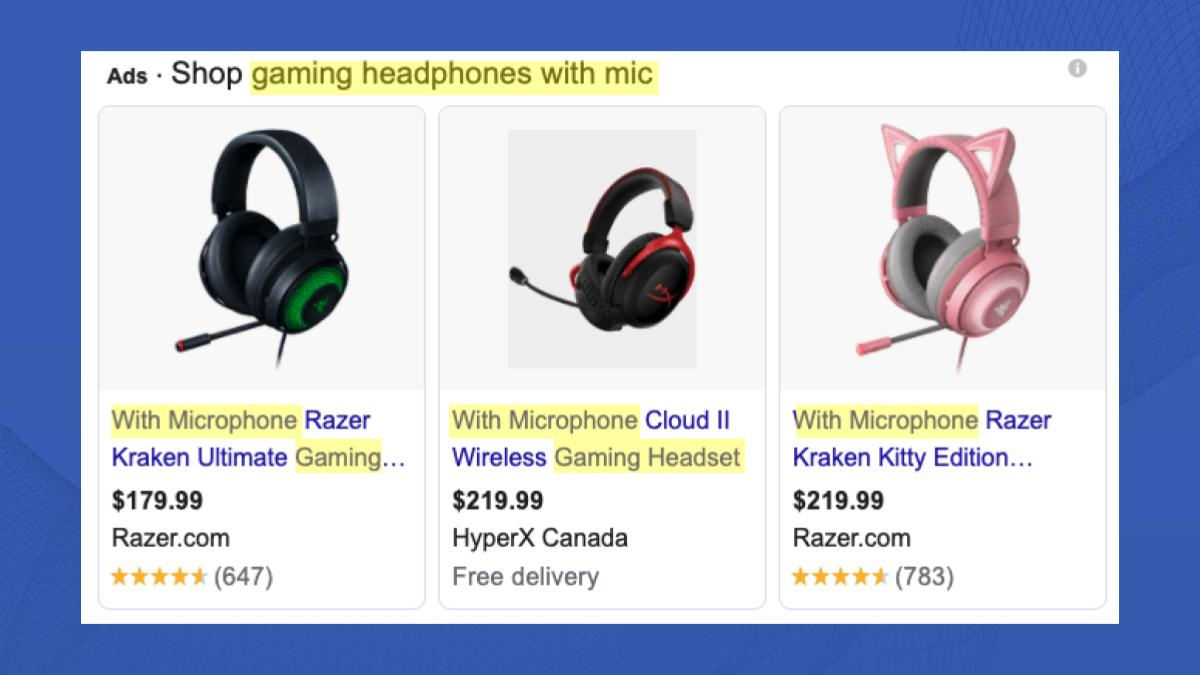
Question 8: “Where can I buy X?”
Search ads are extremely useful for direct-to-consumer brands, but they can also be very effective for brick-and-mortar stores that sell a wide variety of products.
You can create paid ad groups that target different categories of products that you sell. For example, if you have an art store that sells high-end art supplies, using this tactic, you could create an ad group that’s relevant for painting supplies (brushes, canvas, paints), drawing supplies (paper, pencils, sketching books) and writing (notebooks, pens, ink refill).
Use the ad extensions to highlight product recommendations that further segments your customers into specific categories. For example, your painting ad group could include beginner, intermediate and professional product recommendations.
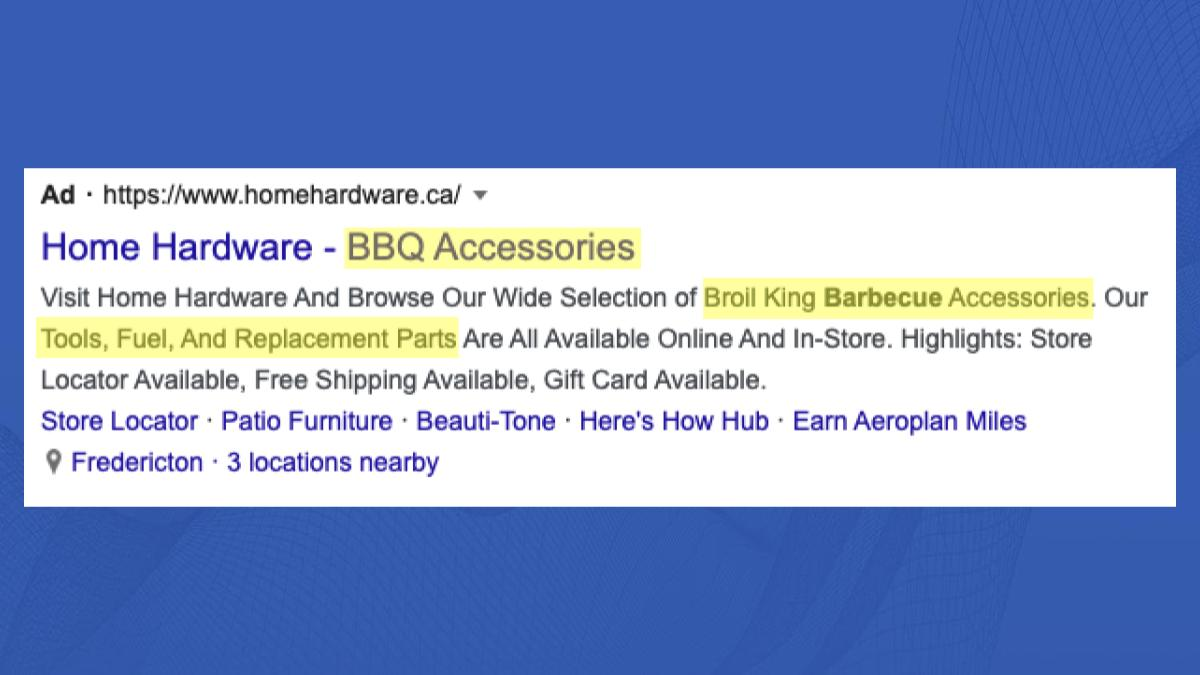
Question 9: “Are you open right now?”
Just because your store is offline doesn’t mean people won’t first check online to see if you’re open. Paid search ads are a terrific way to increase your physical location’s foot traffic by targeting searches from mobile users near you.
You can set geographic and time-of-day constraints to only show your ads to nearby people during business hours. Setting a geographic boundary will ensure that your ad dollars are being spent on real shoppers who are looking for products that you carry.
Ad extensions are also a great place to include important details like store hours, COVID-19 protocols, delivery options and promotions.
If you have multiple locations, further constrain your geographic targeting to suggest the nearest location. Include the neighborhood name in the ad.
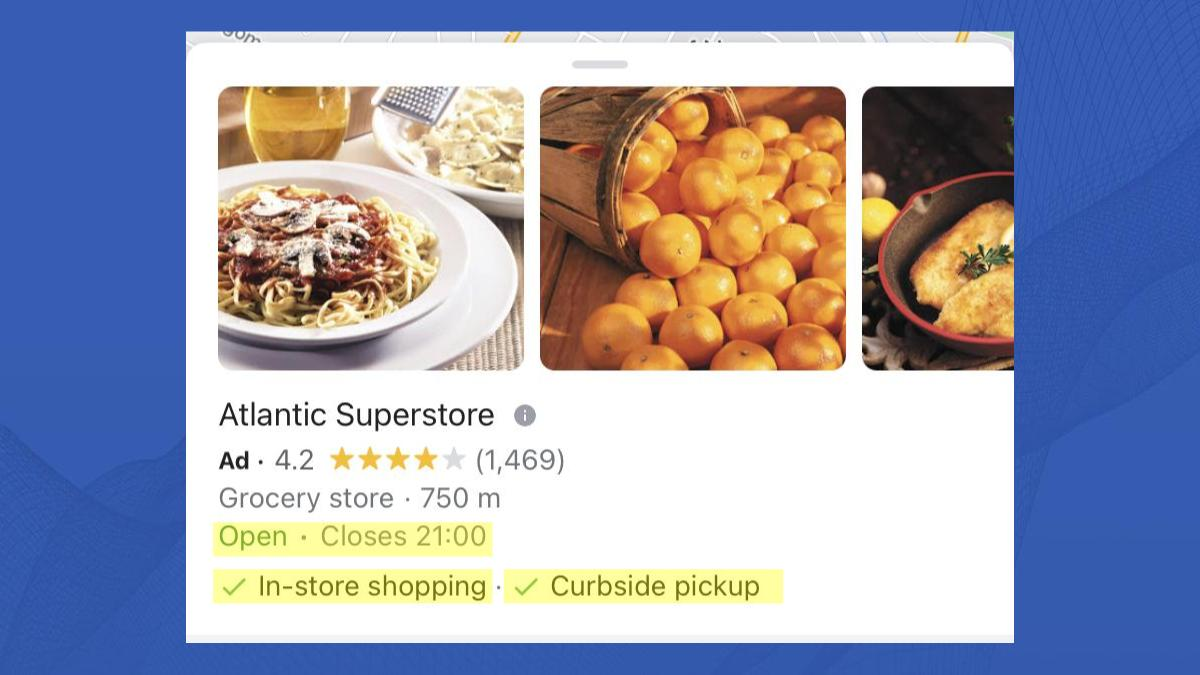
Question 10: “Is there a sale?”
As we covered previously, paid search ads are an effective way to tailor your message to the specific intention of your audience. Based on the keywords they use, you can modify your message slightly to promote specific value propositions.
You should appeal to bargain buyers by advertising your sale items. Doing this will allow you to clear out old inventory and also serves as an opportunity to cross-sell your full-price items as the bargain buyer is checking out to increase the order value.
You can also offer free shipping after certain cart value to encourage adding additional items.

Question 11: “What’s your bestselling item?”
Do you have an item that significantly outsells all others? If so, it’s likely that visitors searching for your product are coming specifically for your bestselling item.
To leverage this, include links in the ad extension to your bestselling items so that when shoppers search for your branded keyword, they find your bestseller. Making it easy for those searching to immediately click to your sales page will decrease the amount of friction and increase your conversion rate.
You can also create upsells that complement your highest-selling product to increase your average cart value.

Question 12: “Which product do you recommend?”
Uncertain shoppers will need help diagnosing their problems and will likely seek recommendations. Your paid search ads can help with this by distinguishing different problems that your products can solve.
Use ad extensions to highlight different remedies to common problems customers have. For example, a customer might not know what kind of service they need for their lawn, but they know that it has to do with weed control. Making that diagnosis easy for them will increase the conversion rate of your ad.
Link each ad extension to a landing page custom to that product or service offering. This will improve their on-page experience and help increase your ad quality score.

Question 13: “Is there an alternative?”
Many buyers will research alternative solutions before committing to buying from you. So bid on your competitors’ branded keywords to steal their traffic. Your ad copy cannot include your competitors trademarked name, but you can reference the features your product has that your competition doesn’t.
This tactic requires you to abide by the advertising terms of service, so be sure to read your region’s terms carefully.
You can also create ad groups that target keywords such as “best,” “high rating,” and other keywords that will likely show category reviews.

Question 14: “How can I contact you?”
For products that require a custom quote or that are timely, including a phone number in your paid search ads will increase the likelihood of your ad converting. And the best part is taps on your phone number cost the same as a click on your ad.
Include your phone number as an ad extension to appeal to mobile users who need to talk to a sales agent ASAP.
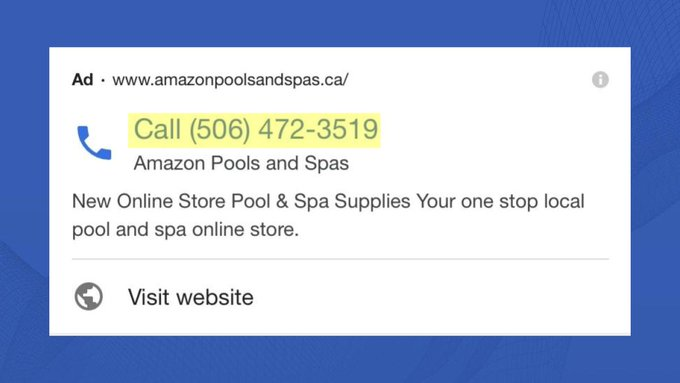
Recap
Paid search ads are a unique advertising channel, because each prospective customer will have a slightly different intent. To correctly match their intent with a relevant ad, start by creating ads that answer the most common questions your business gets.
By answering these objections and points of friction upfront, your prospect will be more trusting of your ad and will convert more frequently.































Comment